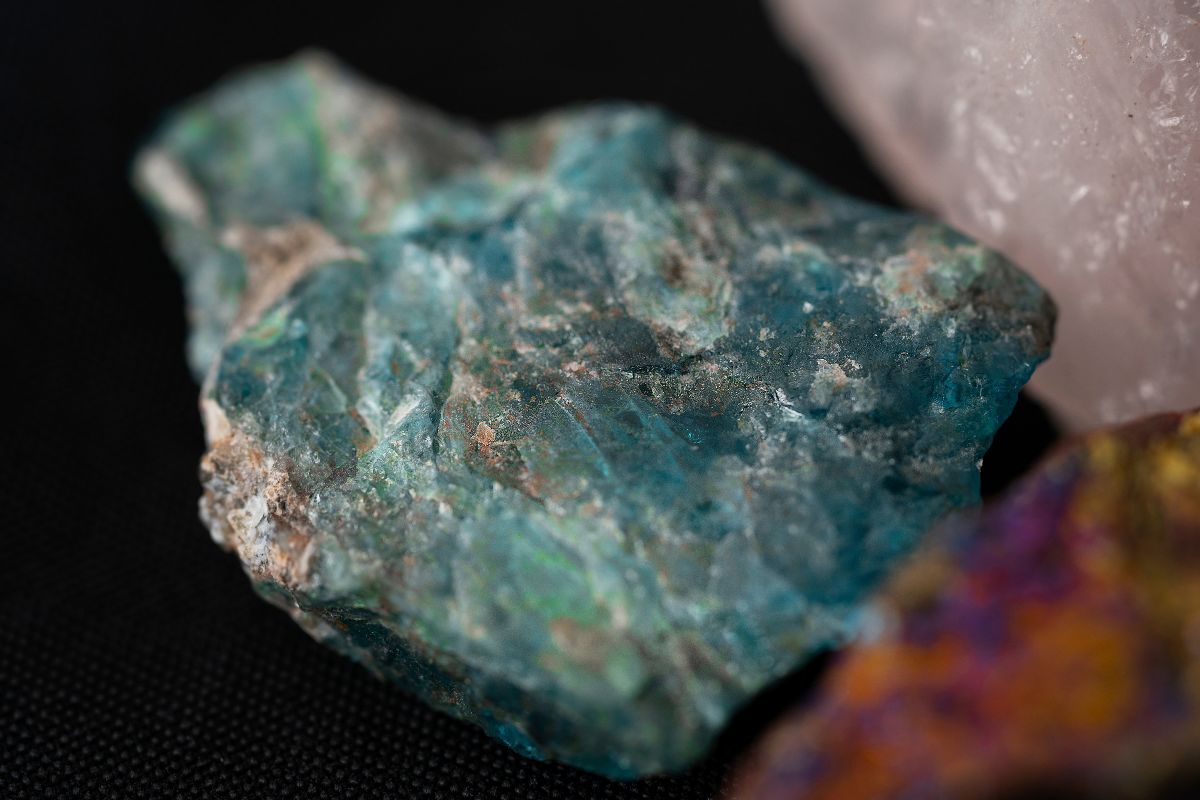Opals: Gems of iridescent colors

Harlequination, a spectacular optical effect typical of opal, is due to the microscopic arrangement of silica micelles within the stone. When light passes through them, it is diffracted into different wavelengths, creating iridescent glows, similar to an enchanting natural kaleidoscope. The more uniform the silica spheres are, the more vivid and intense the colors appear. Because of its ability to encapsulate all the colors of other gems, the Romans considered opal the most precious and powerful stone. The Bedouins, on the other hand, believed it contained lightning and fell from the sky during thunderstorms. Its name comes from the Sanskrit “upala,” meaning “precious stone,” and it has also left traces in Greek (opallios) and Latin (opalus), always keeping the same meaning. There are several varieties of opal, which are classified by color and the presence of harlequinity.
White Opal: This is the most common variety, with a clear base that can be translucent or opaque. In its Harlequin variety, it is called Noble opal and has color plays ranging from blue to green to red.
Black Opal: Considered the most valuable, it has a dark base generally black, gray or bluish that can be translucent or opaque. Also in its Harlequin variety, the contrast between the dark base makes the colors even more vivid and fascinating.
Boulder Opal: Forms within ferrous rocks, with bright colors emerging from a dark brown matrix.
Fire Opal: Fire opal owes its name to its intense red, orange and yellow coloration, reminiscent of the glow of flames. This variety is found mainly in Mexico, and although some specimens may exhibit the harlequin effect, its beauty is often related to its transparency and color saturation.
Pink opal: this is the pink and translucent variety. While it does not exhibit harlequinisation, it is a sought-after gemstone for its muted tones and homogeneous color that stands out in cabochon cuts.
Opal Welo: Transparent or semi-transparent, with a strong play of color. It is one of the most prized varieties for its brightness and depth of color.
Ninety-seven percent of Opals are of Australian origin, but nevertheless there are also deposits in South and Central America such as Mexico and Brazil-especially where fire and pink opals are mined-and Ethiopia-where Welo opals come from.
Opals are extraordinary gems, loved for their unique color play and variety that continue to enchant collectors and jewelers around the world.





